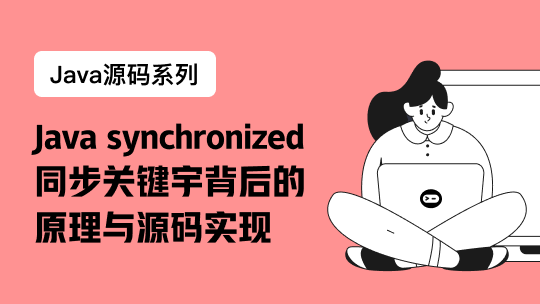转载请注明出处
bind()
bind()方法创建一个新的函数,在bind()被调用时,这个新函数的this被bind的第一个参数指定,其余的参数将作为新函数的参数供调用时使用。
语法:
function.bind(thisArg[,arg1[,arg2[, ...]]])
示例:
var module = {
x: 42,
getX: function() {
return this.x;
}
}
var unboundGetX = module.getX;
console.log(unboundGetX()); // The function gets invoked at the global scope
// expected output: undefined
var boundGetX = unboundGetX.bind(module);
console.log(boundGetX());
// expected output: 42以下是对 bind() 的一个实现:
Function.prototype.bind = function(context) {
if (typeof this !== 'function') {
throw new TypeError('Error')
}
let _this = this
let args = [...arguments].slice(1)
return function F() {
// 判断是否被当做构造函数使用
if (this instanceof F) {
return _this.apply(this, args.concat([...arguments]))
}
return _this.apply(context, args.concat([...arguments]))
}
}apply()
apply() 方法调用一个具有给定this值的函数,以及作为一个数组(或类似数组对象)提供的参数。
语法:
func.apply(thisArg, [argsArray])
示例:
var numbers = [5, 6, 2, 3, 7];
var max = Math.max.apply(null, numbers);
console.log(max);
// expected output: 7
var min = Math.min.apply(null, numbers);
console.log(min);
// expected output: 2以下是对apply() 的一个实现:
Function.prototype.apply = function(context) {
// context就是apply的第一个参数,在这里也就是obj
// 判断是否是undefined和null
if (typeof context === 'undefined' || context === null) {
context = window
}
// this也就是调用apply的函数 把函数赋值给context下面的一个键,这里是fn
context.fn = this
// arguments就是传进来的参数
let args = arguments[1]
let result
if (args) {
result = context.fn(...args)
} else {
result = context.fn()
}
delete context.fn
return result
}
let test = function (sex) {
console.log(this.name + sex)
}
let obj = {
name: '我是'
}
test.apply(obj, ['test'])call()
call() 方法使用一个指定的 this 值和单独给出的一个或多个参数来调用一个函数。
语法:
fun.call(thisArg, arg1, arg2, ...)
示例:
function Product(name, price) {
this.name = name;
this.price = price;
}
function Food(name, price) {
Product.call(this, name, price);
this.category = 'food';
}
console.log(new Food('cheese', 5).name);
// expected output: "cheese"以下是对 call() 的一个实现:
Function.prototype.call = function(context) {
// context就是call的第一个参数,在这里也就是obj
// 判断是否是undefined和null
if (typeof context === 'undefined' || context === null) {
context = window
}
// this也就是调用call的函数 把函数赋值给context下面的一个键,这里是fn
context.fn = this
// arguments就是传进来的参数
let args = [...arguments].slice(1)
let result = context.fn(...args)
delete context.fn
return result
}
let test = function (sex) {
console.log(this.name + sex)
}
let obj = {
name: '我是'
}
test.call(obj, 'test')参考资料
欢迎浏览我的个人网站










